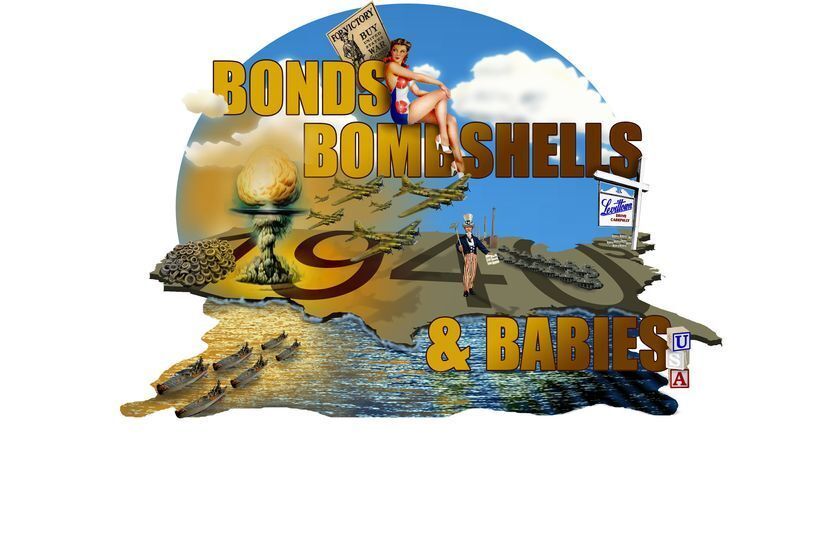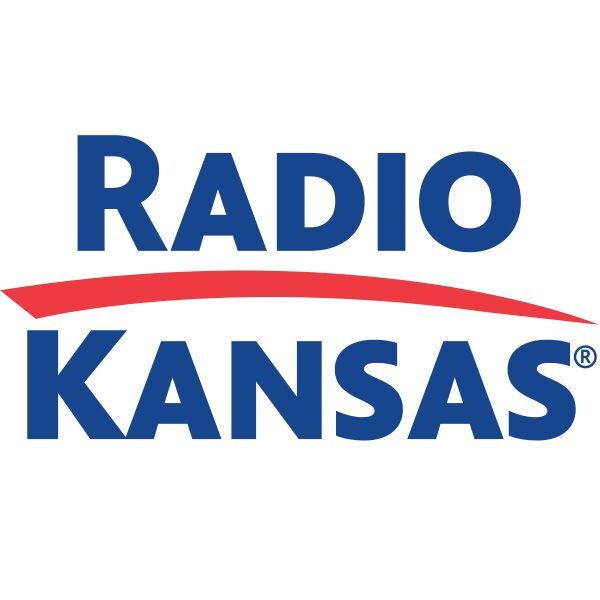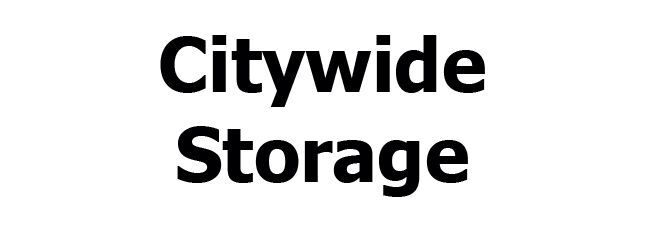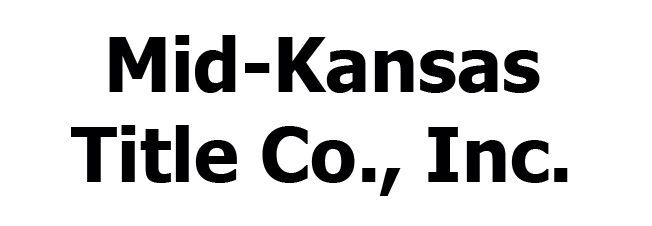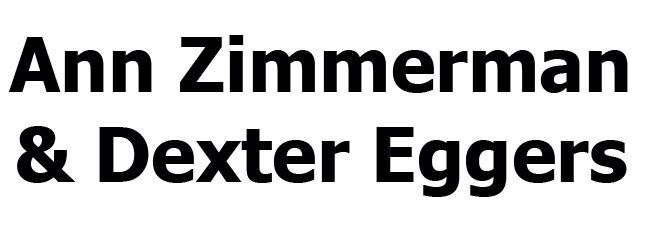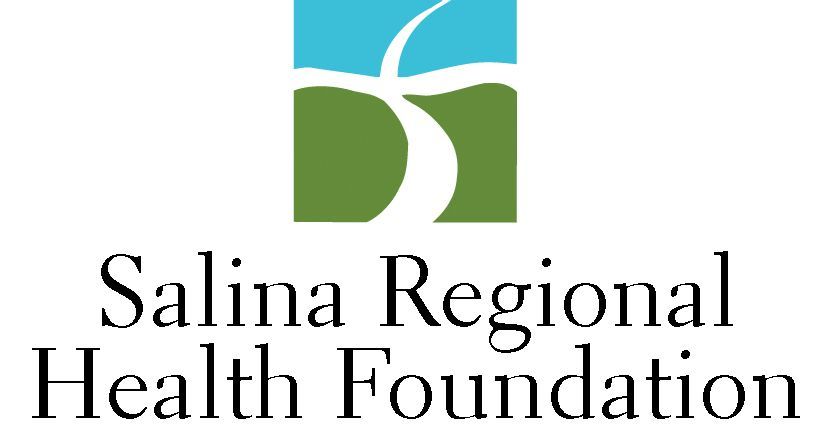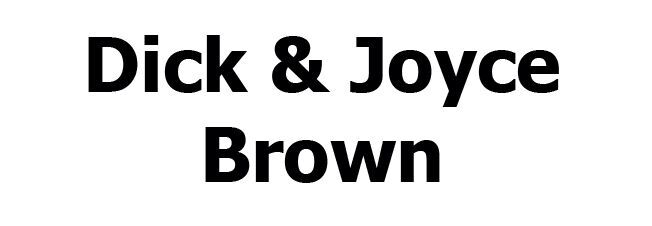Bonds, Bombshells & Babies
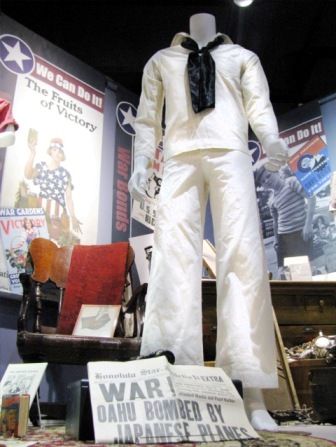
Now It is War
After Japan’s attack on Pearl Harbor in Honolulu, Hawaii, on December 7, 1941, President Roosevelt declared war. The declaration of war “awakened a sleeping giant.” Thousands of new recruits enlisted. The manufacturing switched over to wartime production. Needs for employees increased. All this helped America pull out of the Great Depression and enter a time of new challenges.
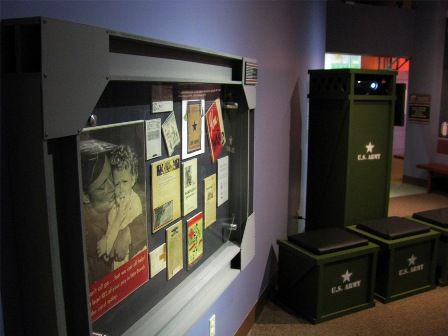
Buy War Bonds
To finance the war, patriotic Americans could purchase War Savings Bonds, better known as War Bonds. Also available were War Stamps, which offered smaller denominations (10¢, 25¢, 50¢, $1, $5) so any citizen could support the war for as little as one dime. Artists, entertainers, stores and schools pitched in to support the bond effort.
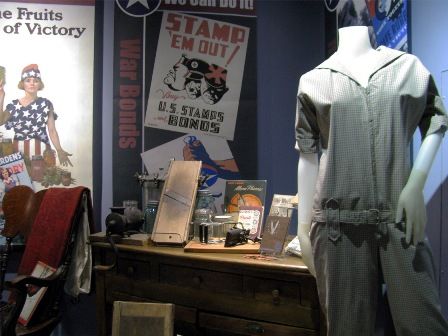
You Too Can Aid the War Effort
To help bolster war production, the government encouraged citizens to hold scrap drives and plant Victory Gardens. Salvage drives collected any kind of metal - steel, iron and tin, paper, bottles, cooking fat and oil, rubber, silk and nylon. Items were recycled into heavy armaments, aircraft parts, parachutes, ships and tanks. Recycled cloth materials were used to clean machinery or navy ship decks.
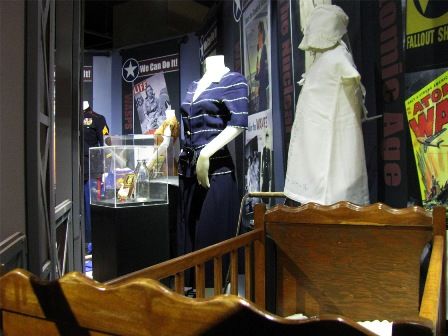
The Baby Boom
Nine months after the war ended, the baby boom officially began. People had put off getting married and having children during the Great Depression and the War. With the war over and a return to economic prosperity, couples were eager to marry and start families. By 1946, the birth rate was 20% higher than in 1940 and continued at a high rate until the 1960s.
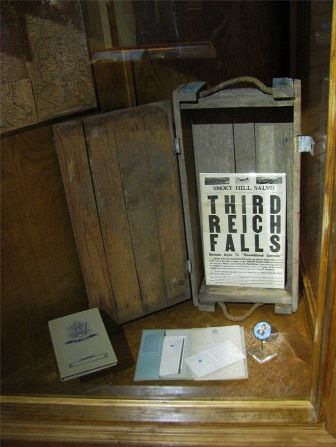
The Beginning of the End
D-Day, June 6, 1944, signaled the beginning of the end. Operation Overlord, a joint Allied forces invasion, stormed the beaches of Normandy and began the liberation of Western Europe. In just over two months, troops secured the area and helped turn the war’s tide. Germany surrendered May 8, 1945. Meanwhile in the Pacific, American troops captured the Philippines.
We Would like to thank our sponsors for this exhibit:
Anderson Leather Shop
Jilka Home Furnishings

